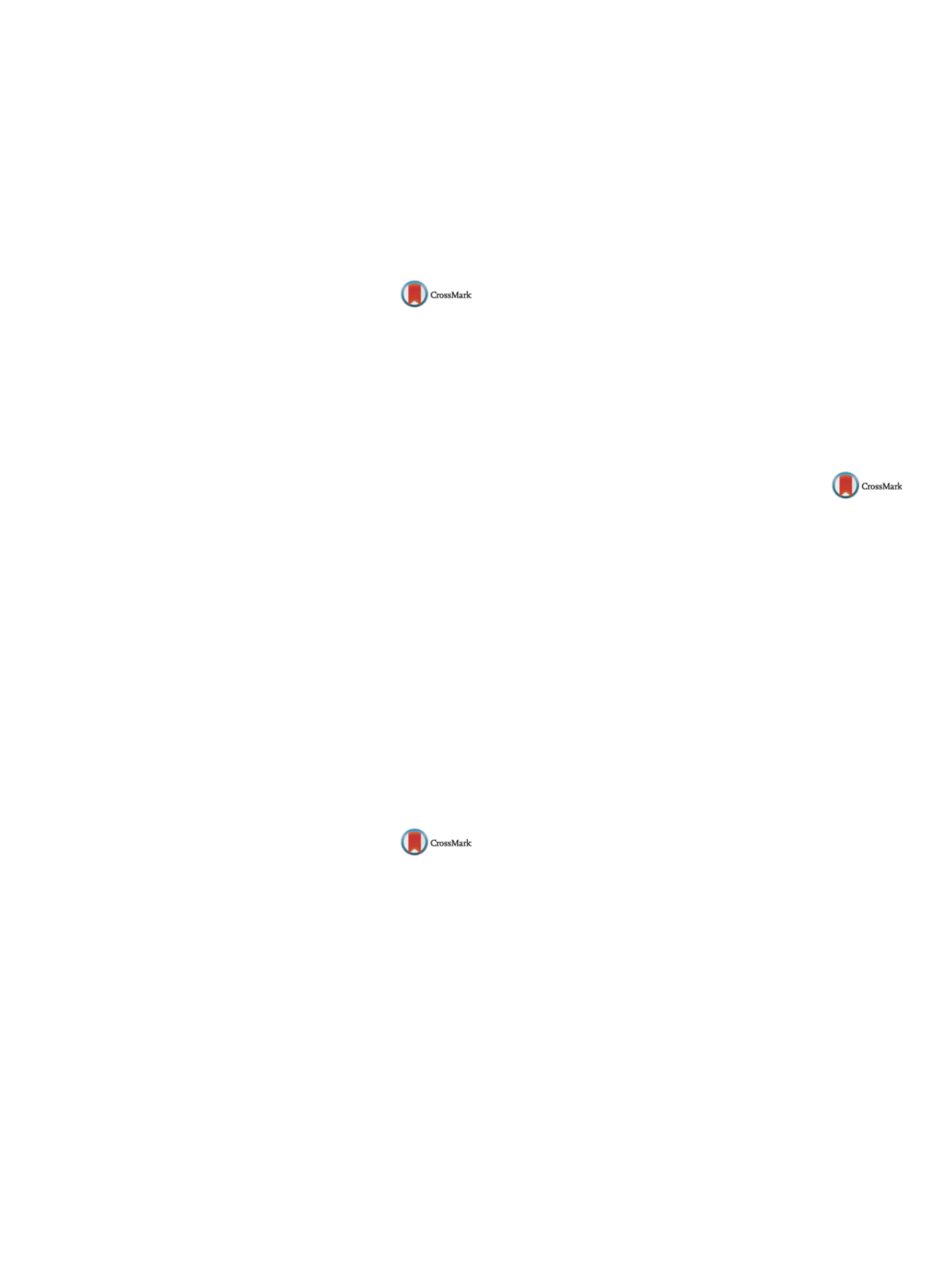

25th European Congress of Psychiatry / European Psychiatry 41S (2017) S465–S520
S517
were omitted because of not being able to acquire reliability as
sub factors. Accordingly, a questionnaire containing 11 factors and
79 questions was constructed.
Conclusion
The findings showed that the instrument could iden-
tify the cultural factors that cause concurrent obsession and major
depressive disorders in Iran.
Disclosure of interest
The authors have not supplied their decla-
ration of competing interest.
http://dx.doi.org/10.1016/j.eurpsy.2017.01.677EV0348
Culture and mental disorders
A. Adrián , C. Noval Canga
∗
, H. Rebeca , S. Isabel ,
G. Sofía , R. Lara , G. Marta , Á. Aldara , D.V. Pilar
Hospital Clínico Universitario, Psychiatry, Valladolid, Spain
∗
Auteur correspondant.
Objectives
Show with a case report how psychiatric pathol-
ogy may face differential diagnosis problems when sociocultural
aspects are involved.
Methods and materials
Seventy-three year old man, born in
Colombia. During the last two months, he had come many times
to the emergency service due to behavioural changes. He does
not have previous psychiatric history. His daughter refers that
one of the patient’s sisters has been diagnosed of “mystical mad-
ness”. The previous days he abandoned his medical treatment
saying that he “gets in touch with his wife and that he wants to
meet her”. Since his wife’s dead, he had presented an excessively
adapted behaviour, without grief symptoms. The first hospital-
ization day he said we wanted to get married with one of his
daughters, with a sexual content speech, being able to get emo-
tional when he spoke about his dead wife. Now the patient is under
frequent reviews, and it is thought the differential diagnosis of
depression with psychotic symptoms, due to the lack of symptoms
remission.
Conclusion
Whenever we face different psychiatric diagnosis we
don’t keep in mind some sociocultural factors, which could be
masked and raise different doubts. It is important to keep in mind
that each country or ethnical have their own cultural habits which
are going to deeply influence patient’s personality.
Disclosure of interest
The authors have not supplied their decla-
ration of competing interest.
http://dx.doi.org/10.1016/j.eurpsy.2017.01.678EV0349
The Senegalese accompagnant model
in psychiatric care: How
hospitalization with a relative may
contribute to the therapeutic process
B. Ory
1 ,∗
, S. Benmansour
2, B. Pachoud
11
Université Paris-Diderot, UFR d’études psychanalytiques, Paris,
France
2
Faculté de médecine UCAD, Psychiatrie, Dakar, Senegal
∗
Corresponding author.
Introduction
The accompagnant model was set up at the Fann
psychiatric hospital in Dakar in 1971 by prof. H. Collomb. It
requires the patient to be hospitalized with a non-patient to
accompany him/her at all time during the hospitalization. This
model compensates for economic and human deficiencies, and also
presents itself as a therapeutic tool in the treatment of mental
illnesses.
Objectives
The contemporary use of the accompagnant model
will be presented and its advantages and disadvantages assessed.
Aims
We investigate how the accompagnant model may have a
role in the therapeutic process, and to what extent this model (or
part of it) could be exported.
Methods
A qualitative study of the practice at Fann Psychiatric
Hospital has been carried out, based on interviews with patients,
professionals and accompanying persons.
Results
There is a striking consensus between patients, profes-
sionals and the accompanying persons about the advantages of
this practice. It facilitates the encounter between professionals and
patients, and reduces the risk of living hospitalization as a traumatic
experience. The accompanying persons contribute to warrant the
respect of human dignity, and to maintain a therapeutic dynamic
through their participation in the development of a caring environ-
ment and their expectation of a recovery process. They help ensure
continuity of care and medication after the hospital stay.
Conclusion
The accompagnant model emphasizes the role rela-
tives may play during and after the hospitalization, in ways that
could be compared with what is currently expected from family
therapeutic education.
Keywords
Cultural psychiatry; Recovery; Family therapeutic
education
Disclosure of interest
The authors have not supplied their decla-
ration of competing interest.
http://dx.doi.org/10.1016/j.eurpsy.2017.01.679EV0350
Gypsies’s beliefs about the evil eye in
relation to mental illness
T. Paralikas
1 ,∗
, S. Kotrotsiou
1, E. Kotrotsiou
1, M. Gouva
2,
C. Hatzoglou
3, D. Kavadias
41
University of Applied Sciences of Thessaly, Nursing-Postgraduate
Program in Mental Health-Research Laboratory of Care, Larissa,
Greece
2
University of Applied Sciences of Epirus, Nursing-Research
Laboratory Psychology of Patients Families and Health Professionals,
Ioannina, Greece
3
University of Thessaly, Medicine, Larissa, Greece
4
University of Virginia, Anthropology, Charlottenville-Virginia, USA
∗
Corresponding author.
Introduction
The focus of Medical Anthropology is, among other
things, the study of medicine as an expression of culture and
involves the analysis of healing traditions, both “traditional” and
biomedical.
Objectives
Greek Gypsies who have their own
habitus
, language,
and culture.
Aims The discussion of treatment options that gypsies have or seek
in order to address critical life situations outside a biomedical con-
text.
Methods
Field research with interviews and observation.
Results
Using Geertz’s analytic approach of symbolic interpreta-
tion, this paper focuses on the mobilization and transformation of
religious symbols in the clinical setting: how these “converse” with
biomedicine and how they participate in the process of healing.
Painful life experiences drive subjects to seek recourse in remedies
outside the biomedical system. At the center of these experiences
are thought to be attacks from the “evil eye.” According to the sub-
jects’ worldview, all people are potential victims of the evil eye.
A person’s glance can provoke the injury, illness, mental illness or
even death of another. Consequently, there is a hierarchy of thera-
peutic choices in which first preference is given to their ownmeans
for addressing a situation—only in the case of failure do they turn
to specialists.
Conclusions
The beliefs of the subjects are strongly influenced
by their worldview, a historically inherited model of health and
healing that, unlike the biomedical model, expresses a belief that
ailments are successfully cured “wıth God”.
Disclosure of interest
The authors have not supplied their decla-
ration of competing interest.
http://dx.doi.org/10.1016/j.eurpsy.2017.01.680

















